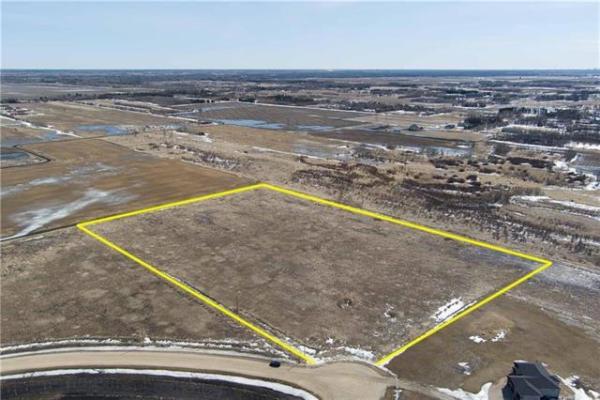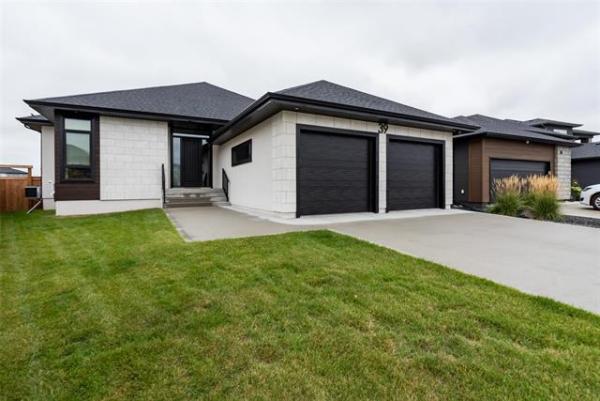Question: I like your column in the Free Press, and I have a question for you. We have removed our carpeting from our basement and now are considering what we should put in place of the carpet. We would like to put in laminate flooring, but people have told us this is not a good idea depending on moisture and that carpet tiles would be better. I'm confused. Is it OK to install laminate flooring?
Thank you, Shirley Trafton
Answer: Installing flooring on a concrete basement floor is often problematic, even in a dry basement. Condensation is always a consideration because the floor may be considerably cooler than the other basement surfaces, and special measures may have to be taken to prevent this from occurring. Laminate flooring may be a good choice, but should have subfloor protection to prevent damage from moisture.
Because the concrete slab in a basement floor is in contact with the soil beneath and touching the foundation walls at the perimeter, it may be considerably cooler than the air and surrounding surfaces in the same area. If the relative humidity (RH) is too high in the basement and air movement is stagnant, there is a high probability of condensation on the cool basement slab. If there is no floor covering on this slab, a small amount of condensation should eventually dry without any serious consequences.
Some white, powdery efflorescence may be left behind, but there should be little chance of any major mould growth or damage happening, if the damp surface is allowed to dry unimpeded. As soon as the concrete is covered, whether it is with flooring, storage boxes, suitcases, or other items, problems can occur.
The main considerations for choosing your basement flooring is it does not increase the chance of condensation and will not allow mould growth if that does occur. Carpets, whether they are made from synthetic fibres or natural ones, are not the best option. Even nylon or polyester carpets can absorb some moisture depending on the texture and can be difficult to clean. Not only can they trap moisture against the cool concrete, they may also be a great collector of dirt and dust. If this debris gets wet while embedded in the carpet fibres, mould growth is likely. This may only be noticed as a damp, musty smell in the basement, but should be avoided, nonetheless.
Carpet tiles often have foam backing that may prevent the actual fibres from touching the concrete surface, preventing wetting, but this can pose another dilemma. The foam backing can also act as insulation, preventing warm air from the heating system contacting the concrete surface. This can make the concrete temperature slightly colder than when uncovered, further increasing the chance of condensation. To make matters worse, the foam backing can also act as a partial vapour barrier, trapping moisture underneath. For these reasons, I always recommend removal of any existing carpets from the basement to my clients and avoiding replacement directly on the concrete floor.
Laminate flooring is normally comprised of medium to high density wood fibre with a moisture-resistant and scratch-resistant surface. The problem with installing this material in any location is it is not very moisture resistant on the underside. Also, water spilled or sitting on the surface for more than a short period of time will leak into the seams between the individual planks. Either of these water-related issues can cause the flooring to swell, rendering it useless.
To prevent the underside from absorbing moisture from the substrate or subfloor below, a thin foam underlay is normally installed, which also gives the floor a more cushioned feeling when walked on. The foam underlay may be highly moisture resistant, which normally will inhibit water vapour from travelling from the substrate to the fibreboard core of the laminate flooring.
The downside of this same property is condensation occurring on the surface of the cool concrete slab may not be able to easily dry for long periods of time. In that case, mould may begin to grow on dust, dirt and debris underneath the foam underlayment. If it remains wet, it will further the spread of the mould until the flooring is removed. Even worse, if a wetting does occur because of foundation seepage, the water trapped under the flooring may have disastrous consequences, ultimately requiring the removal and discarding of the laminate flooring.
The solution to this problem may be to install an underlay that not only is moisture resistant, but also has a mechanism to allow water vapour to escape in case of minor seepage or condensation.
There are several subfloor products that incorporate a plywood or OSB sheathing surface with a plastic or foam base and are moderately priced. The best ones have a partially raised or dimpled bottom layer that allows some airflow underneath to help drying. Once these products are installed, there is little chance of moisture absorption from either laminate or carpet because they are no longer in contact with the cool surface of the concrete floor.
Even if condensation does happen, it should be limited to the small air space under the subflooring, which should eventually dry if the subfloor is properly installed and vented. If the basement is known to have periodic seepage, the subfloor may be effective, or a more complex subfloor ventilation system may be required.
No matter what type of flooring is chosen for your basement, it should be installed with prevention of condensation from the cool concrete floor taken into consideration. The best method to ensure this is to install a subfloor with a vented airspace beneath, to prevent direct contact between the flooring and the substrate.
Ari Marantz is the owner of Trained Eye Home Inspection Ltd. and the past president of the Canadian Association of Home & Property Inspectors -- Manitoba (cahpi.mb.ca). Questions can be emailed to the address below. Ari can be reached at 204-291-5358, or check out his website at trainedeye.ca.
trainedeye@iname.com



